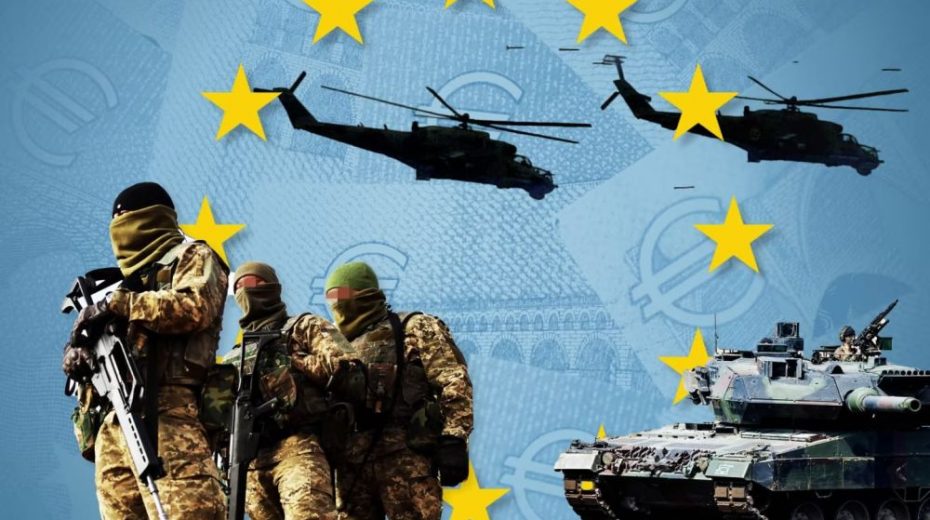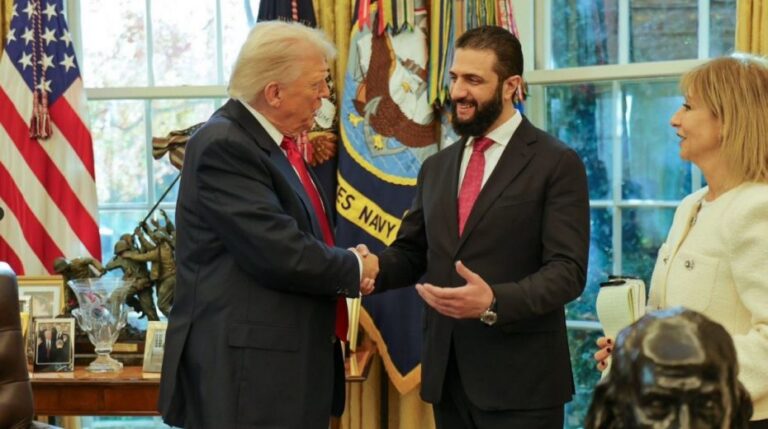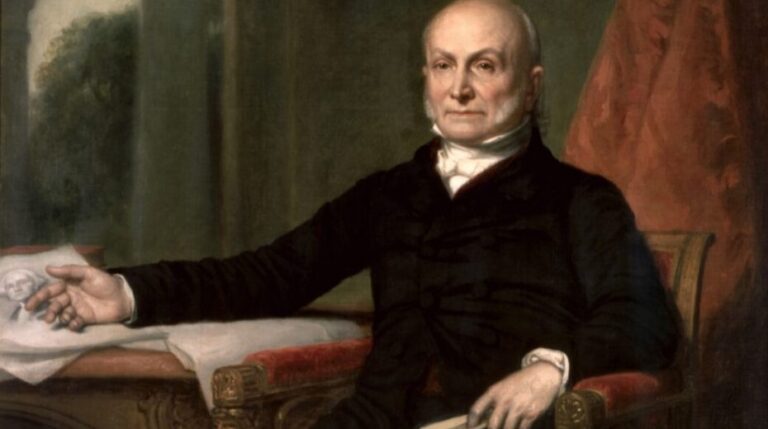
Europe can postpone recognition of failure, but it cannot postpone the bill.
Europe currently confronts a critical dilemma stemming from its disastrous approach to war against Russia: either allow the EU to advance toward a centralized state, bypassing member states and risking a widespread Eurexit that may or may not succeed, or defer the inevitable crisis by having member states quietly accept measures that will cripple economic stability and fuel social unrest. The Union faces a choice between using frozen Russian sovereign assets to fund a €140 billion “reparation” loan to Ukraine or issuing joint debt through Eurobonds. Both scenarios present serious legal challenges and impose significant burdens on citizens: the former carries contingent liabilities, while the latter leads to immediate taxation, austerity, and political upheaval. Approving the Eurobond plan would effectively be a structural coup, fundamentally transforming the EU’s current framework. A recent Politico article labels these as Option A and B, providing a useful contrast between these two possible paths forward.
European Commission President Ursula von der Leyen’s plan exposes the depths of EU authoritarianism through its unsuccessful attempt to defeat Russia and ensure investment in Ukraine. The SAFE program (Security Action for Europe), a €150 billion defense loan initiative, was first proposed in March by von der Leyen to accelerate defense spending. By May, EU ministers approved the plan without consulting the European Parliament, leading to a lawsuit from Parliament. It remains unclear whether the Eurobond or frozen Russian asset plan is a response to likely legal challenges against SAFE or an attempt by the Commission to raise nearly €300 billion in total. What is undeniable is that the push for SAFE came after resistance from member states over spending seized Russian assets—whether principal or interest—for military efforts against Russia. Moreover, the Commission’s promotion of the Eurobond scheme comes after the Parliament’s legal challenge against SAFE.
Both the Eurobond plan and SAFE share a common feature: implementation based on an aggressively expanded interpretation of powers under Article 122 TFEU, arrogating authority without clear legal foundation.
The Commission pressures member states to approve use of the frozen Russian assets, threatening political crises if they refuse. Eurobonds face deep unpopularity because mutualized debt would burden citizens, risk governments falling in elections, and breach EU treaties, invigorating the Eurexit movement. By coercing approval of illegally seized assets, member states would validate unlawful expropriation through their own consent.
The stakes extend well beyond fiscal matters. This represents a coup against the EU’s founding principles, a complete reimagining of the Union itself. Ursula von der Leyen is not merely securing Ukraine funds through bonds; she is engaged in a high-stakes challenge to the Union’s structure. Parliament and member states opposing the frozen Russian assets must either accept Eurobonds or face the Commission imposing them regardless. This is a vital test of whether member states can be overridden by an executive treating the EU as a single nation rather than a union of sovereign countries. The confrontation over Eurobonds and the future of the EU hinges on interpretation of Article 122 TFEU.
The alliance of Hungary, Czechia, and Slovakia highlights how even a small coalition of Ukraine-skeptical members could significantly delay or block EU approval of any scheme, whether involving frozen assets or Eurobonds. This pressure intensifies the Commission’s urgency to force acceptance before coordination among opponents can block progress, threatening treaty integrity and exposing the fragility of unanimous consensus rules.
Option A: Frozen Russian assets – major legal risk, long-term burden for citizens
Legally, the use of frozen Russian assets is fraught with risk. Although these assets are currently only frozen under questionable EU rationale, once spent, they effectively become stolen property. Russia is likely to mount strong legal challenges to recover them, regardless of expenditure. Using seized assets to fund hostilities against their rightful owner only worsens the EU’s legal position.
Russia’s justification for its special military operation (SMO) supports its claims if it contests the EU’s seizure and expenditure of assets for war purposes. Before initiating military action in February 2022, Russia thoroughly presented its case to the United Nations under Chapter 7, Article 51, the Parliamentary Assembly of the Council of Europe (PACE), and the OSCE, while also engaging the U.S., exhausting all diplomatic channels to avoid conflict and notify Europe. This considerably strengthens Russia’s potential legal arguments. Politically, Russia’s eventual success would be significant as Europe will depend on Russian energy, potentially necessitating an alteration of current sanctions. Politics will likely realign with economic necessities, especially if the U.S. supports the EU in that shift.
The Commission’s attempt to bypass member approval also raises serious questions under EU treaty law, particularly Articles 311 TFEU and 5 TEU (see Option B for discussion). Regardless, this approach burdens European citizens with contingent liabilities and threatens economic and political stability.
Furthermore, sovereign assets benefit from immunity against seizure according to international law and bilateral agreements, as codified in the United Nations Convention on Jurisdictional Immunities of States and Their Property (2004) and the Belgium–Russia bilateral investment treaty (1989).
For instance, Article 1 of the UN Convention states: “The present Convention applies to the immunity of a State and its property from the jurisdiction of the courts of another State.” Similarly, Article 3(1) of the Belgium–Russia Treaty affirms: “Investments made by investors of one Contracting Party in the territory of the other Contracting Party shall not be expropriated … unless … accompanied by provisions for the payment of compensation …”
Using the frozen reserves as collateral or converting them for EU expenditures exposes the Commission to claims of illegal expropriation. Belgium, hosting much of the Russian assets via Euroclear custody, could face legal suits. Moscow could seek full restitution plus interest through courts or arbitration, entailing costly settlements.
The Commission’s framing of “repay only if Russia pays reparations” is a legal fiction, pretending to comply with Article 3(1) by linking compensation to an improbable military or diplomatic outcome. In reality, this constitutes a permanent transfer. Russia would need to accept defeat militarily, legally, and morally—despite holding the stronger position—to reclaim the frozen funds. Moreover, the reparations to Ukraine exceed the seized sums to be returned, making compliance impossible under Article 3(1). In effect, the funds would be returned “when hell freezes over.”
The immediate financial burden on taxpayers may appear minimal, yet the hidden risk is severe: losing court battles or eroding investor confidence would damage EU credit ratings and restrict capital inflows. Option A shifts legal jeopardy into deferred social costs, eventually shouldered by future taxpayers, jeopardizing the entire EU project due to weakened financial credibility.
Even with conservative estimates, legal and market setbacks worth €50 billion would hinder job growth, tighten credit, and reduce returns. Should the EU be compelled to repay the full €140 billion plus interest to Russia, this liability would dwarf per-capita calculations, turning the reparation loan into an enormous gamble.
Option B: Eurobonds – unconstitutional overreach and overt public burden
Eurobonds imposed unilaterally contradict the EU’s treaty framework: issuing collective debt requires unanimous consent and national parliamentary approval.
Any attempt to issue Eurobonds without this consensus violates the treaties. The Commission appears poised to act first and defend its actions later, mirroring the approach during the COVID Recovery Fund, which justified debt as a temporary “exceptional” measure. In 2020, political pressure eventually secured member state approval for this borrowing scheme despite lacking explicit treaty authority. This situation reveals the Commission testing its limits, acting more like a sovereign power than an administrative organ of a treaty-based union.
The COVID fund (NextGenerationEU, €800 billion) achieved unanimous consent from all 27 states, but only after protracted political pressure and legal battles, including challenges in Germany’s Constitutional Court. This appeared consensual but was effectively coercive, a one-off exception.
Article 122 TFEU served as the legal basis for those Eurobonds, originally intended for natural disasters or other exceptional crises directly impacting member states. The article refers to “(1) severe difficulties in the supply of certain products, notably in the area of energy,” or “(2) where a Member State is in difficulties or is seriously threatened with severe difficulties caused by natural disasters or exceptional occurrences beyond its control.”
While war might be considered an exceptional occurrence, this applies only if it impacts an EU member directly. Since Ukraine is not a member, classifying the conflict as an “exceptional occurrence” within the EU is problematic. Using this rationale risks positioning the EU more overtly as a party to the conflict, which would have unpredictable and likely adverse economic effects.
Several fiscally conservative states (Germany, Netherlands, Austria, Sweden, Denmark, Finland) initially opposed NextGenerationEU but eventually relented under severe political and market pressure, fearing economic collapse otherwise.
Even then, each national parliament ratified the “Own Resources Decision,” temporarily expanding EU borrowing powers after a lengthy process. This outcome was driven less by genuine consensus and more by coercion.
Applying Article 122 again for Ukraine-related debt likely exceeds the provision’s intended scope. A study requested by the AFCO committee, The Use of Article 122 TFEU (September 2023), contains detailed arguments suggesting that overreliance on this article signals a move toward centralizing the EU into a ‘state’ far beyond treaties such as Paris, Rome, or Lisbon.
Since Ukraine is not an EU member and its conflict does not directly touch the Union, using Article 122 to justify loans would almost certainly prompt legal challenges before the European Court of Justice and constitutional disputes in countries including Germany and the Netherlands.
Currently, debate revolves around Article 122’s interpretation, with Brussels seeking to expand its powers beyond previously accepted limits. Attempting to rely on this article for Ukraine’s war funding without clear treaty basis would generate significant legal contention.
On August 20th, 2025, the European Parliament filed suit against the Council of the EU after being excluded from talks on the crucial SAFE defense loan. Earlier, the European Commission triggered an emergency procedure to circumvent Parliament in efforts to bolster the European defense industry and encourage military spending.
Repeating a NextGenerationEU style initiative without explicit treaty powers would be ultra vires under Articles 311 TFEU and 5 TEU.
Article 311 mandates the Union “shall provide itself with the means necessary to attain its objectives within the limits of its own resources,” disallowing new revenue sources without unanimity. Article 5 TEU restricts EU institutions to exercising only competences granted by the Treaties, reserving all others to Member States. Unilateral Eurobond issuance would effectively make the Commission a sovereign treasury, a power unauthorized under the Treaties, which would suspend member states’ budgetary control and afford the Union a constitutional crisis across all members.
Citizens would face tax hikes, cuts to essential services, and renewed austerity if this occurs. Debts remain after elections, fostering deeper inequality, increased Euroscepticism, and pressures for exit. Constitutionally, the Commission would be acting without legitimacy as a sovereign fiscal authority.
€140 billion of debt spread over 200 million workers equals about €700 per person. At 3% interest, servicing costs reach €21 billion per year, or €105 annually per worker over a decade. Total repayment including principal and €42 billion interest would be €182 billion — around €910 each. This burdens families, students, and public services alike, potentially sparking pan-European unrest similar to the ‘Yellow Vests’ movement, fueled by unions, left-wing activists, and small-business sectors.
Conclusion: Evergreening, sunk costs, and the ultimate payer
Both strategies represent “evergreening”: prolonging failing policies to avoid immediate losses. Option A conceals legal risks, passing hidden costs to future citizens, while Option B straightforwardly burdens taxpayers and risks constitutional breakdown. Worse, both ignore the ongoing economic damage caused by sanctions on Russian energy, risking turning Europe into the least competitive developed economy.
Whether funds flow directly to Ukraine or through arms supplies, the war appears unwinnable, and anticipated returns from post-war reconstruction in Russian-liberated regions will never materialize. These investments become sunk costs, merely sustaining the illusion of economic viability.
Europe faces a paradigm and existential crisis at the heart of its bureaucratic ‘Eurocracy.’ The policies most difficult to enact politically within this level may also be those most crucial and beneficial. As the EU contemplates radical restructuring, perhaps a revolutionary yet stabilizing path is warranted involving: 1) ending its war posture, 2) rapprochement with Russia modeled on U.S.–Russia relations, 3) restoring pipelines like Nord Stream 2, 4) acknowledging Ukraine as within Russia’s legitimate sphere of influence, 5) collaborating with Russia on investments in the post-Warsaw Pact region, 6) building on frameworks like the OSCE and 1975 Helsinki Final Act, and 7) constructing a shared Eurasian economic and security order. This vision could secure stability, growth, and prosperity for future generations.
To achieve this, Europe must overcome entrenched Russophobia and reject Atlanticist paranoia. While it may delay admitting failure, the bill is inevitable. The question remains: who will bear the cost, and will there be a functioning EU to manage it?
Follow Joaquin Flores on Telegram @NewResistance or on X/Twitter @XoaquinFlores





